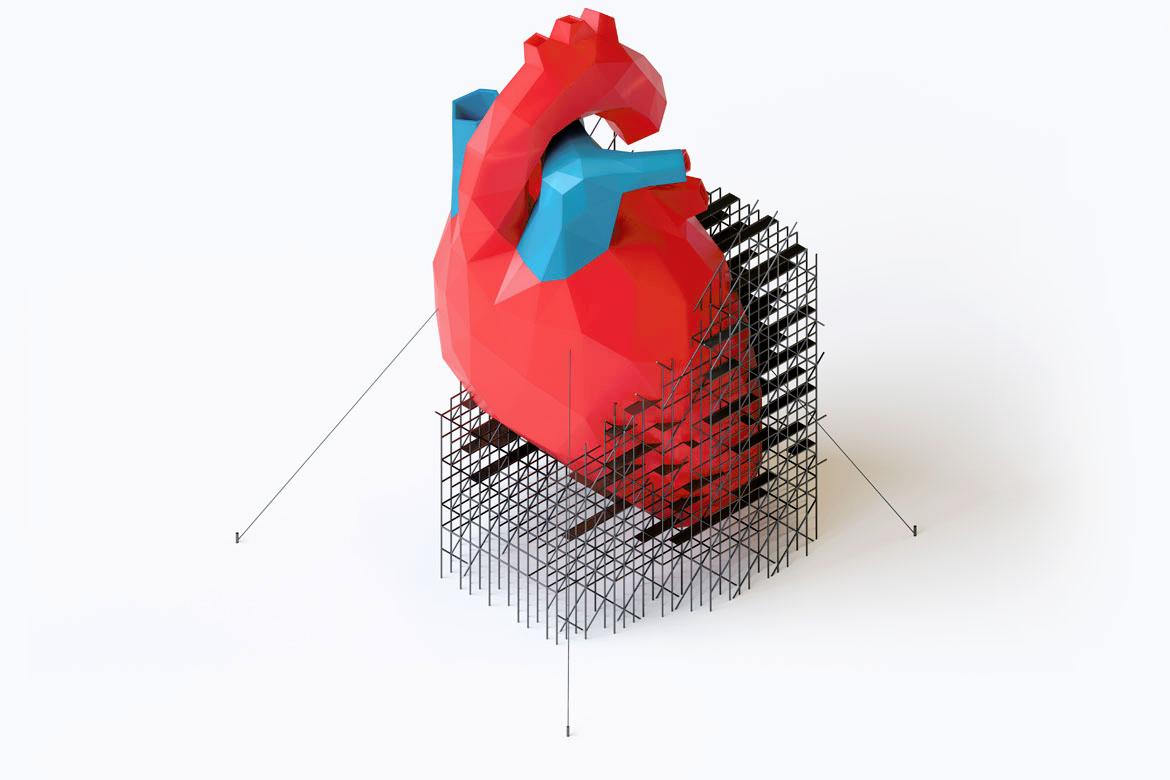-
-
Featured Care Areas


Cardiology (Heart)
Related cardiovascular treatments and services
Cardiology is a complex field that ranges from preventive care, screening, advanced diagnostic tests, invasive and non-invasive surgical procedures, postoperative management, as well as cardiac rehabilitation.
Screening and diagnostic services
Many heart conditions do not display obvious symptoms until it is too late. To prevent and diagnose heart disease early, your doctor may recommend:
- Heart screenings
- Electrocardiogram (ECG)
- Trans-thoracic echocardiogram (TTE)
- Cardiac calcium scoring
- Chest X-ray
- Non-invasive diagnostics
- Exercise stress test
- Holter monitoring test
- Carotid Doppler ultrasound
- Digital subtraction angiography (DSA)
- 24-hour ambulatory ECG and blood pressure monitoring
- Nuclear cardiac stress test
- Nuclear perfusion scan
- Invasive diagnostics
- Coronary angiogram or arteriogram
- Transoesophageal echocardiogram (TEE)
- Defibrillator (AICD) implantation
- Electrophysiology (EP) study
- Pacemaker implantation
Cardiothoracic surgery
To treat conditions related to organs inside the thoracic cavity, your doctor may recommend:
- Coronary artery bypass grafting (CABG)
- Paediatric or congenital heart repair surgery
- Heart valve repair or replacement surgery
- Maze procedure for atrial fibrillation
- Thoracic aortic vascular surgery
- Endovascular aneurysm repair
- Surgery for heart failure
Minimally invasive cardiac treatments
Minimally invasive cardiac surgery inserts laparoscopic instruments through small chest incisions to gain access to the heart. Examples of minimally invasive cardiac surgery include:
- Atrial septal defect closure
- Cardiac (catheter) ablation (AFib)
- Percutaneous transluminal coronary angioplasty and stenting (PTCA)
- Saphenous vein harvest for coronary artery bypass surgery
- Transcatheter aortic valve implantation (TAVI)
- Transcatheter aortic valve replacement
- Transcatheter mitral valve repair
Other heart treatments
In addition to the services above, we offer the following heart treatments:
- Cardioversion
- Irregular heart rhythm treatment
- Inferior vena cava (IVC) filter placement
- Robotic (computer-aided) surgery
- Ventricular assist device (VAD)
- Cardiac rehabilitation
*This is not a complete list of all the diagnostic procedures and treatments we provide. The information is designed for educational reference only and should not be seen as medical advice.
Please consult one of our qualified healthcare specialists for an accurate diagnosis before starting any treatment.
This page has been reviewed by our medical content reviewers.
Need help?
For enquiries, please call
+65 6250 0000 (Orchard) or +65 6898 6898 (Novena)
For appointment bookings, please WhatsApp
+65 8111 7777 (Orchard) or +65 8111 5777 (Novena)








